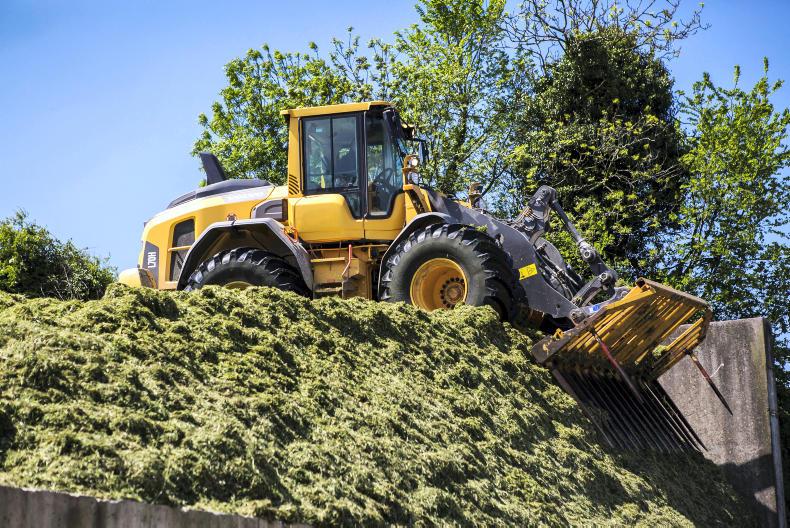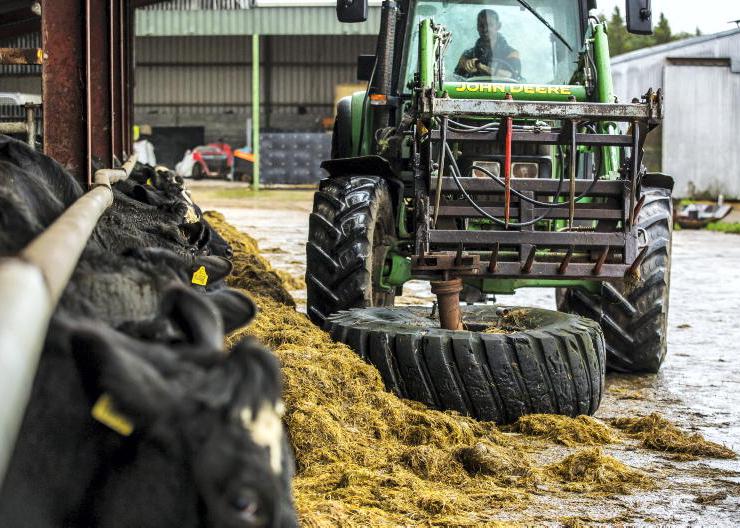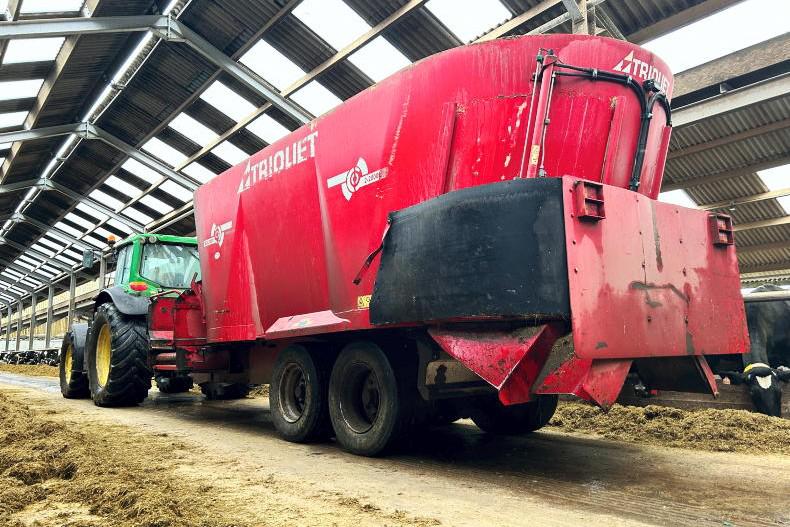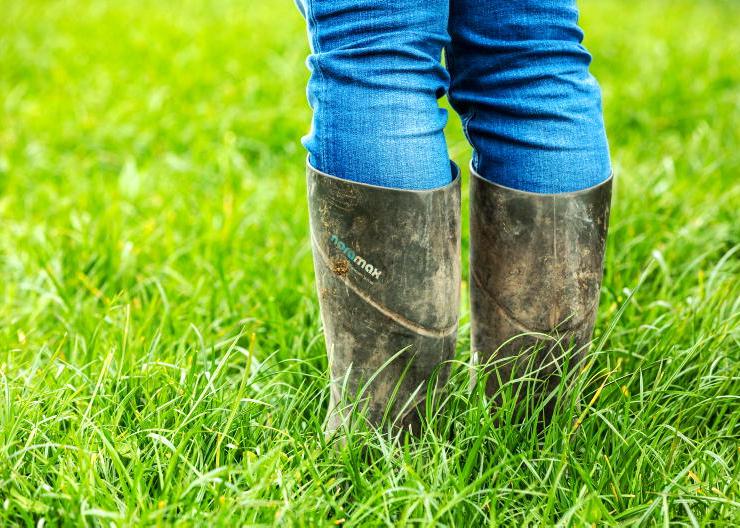The first 10 days of June 2019 have been fairly tumultuous weather-wise.
The soil moisture deficits that were beginning to emerge in late May have well and truly been forgotten about after lots of rain over the last seven days.
The forecast for the week ahead is for a continuation of mixed weather with scattered showers and sunny spells but with a return to colder conditions.
A number of farmers have been in contact regarding cows getting grass tetany. Normally, at this time of year the threat of grass tetany would have subsided, but high grass growth rates and colder weather combined with cows milking well means that the threat is very much present.
One farmer got in touch to say that he followed the advice on using magnesium flakes in water. He fed the recommended 166g of magnesium flakes per cow, putting the flakes in the water trough.
He immediately noticed a drop in milk yield as he suspected that cows weren’t drinking as much water. Meal feeding reduced from 0.75kg/day to zero.
On Sunday morning there was a cow down with grass tetany. He then only put in half rate of magnesium flakes and fed 1kg of meal per cow and there hasn’t been any cases since.
Magnesium is sour tasting and it obviously taints the water. Therefore, it should be built up over the space of a week to prevent it impacting on water intakes. If the water was dosed with magnesium through a Dosatron or something similar it wouldn’t have as much of a tainting effect.
Splitting silage pits
Elsewhere, finding a window to get pit silage cut is difficult. Grass fields are beginning to lodge and quality is dropping by the day.
There seems to have been an increase in the number of pits splitting. This happens when usually wet or very leafy grass moves in the pit, usually a day or two after the pit is made.
The result is a split in the pit where air gets in, and sometimes the pit overruns effluent channels leading to effluent leaking into the surrounding areas.
When the pit stops moving, the split will need to be packed with either straw or previously made, dry bale silage. A track machine is probably the safest job to do this.
Pack in the straw/silage and fill in silage from the sides to cover the split. Some farmers will sprinkle salt on the sides to help it to pickle.
Give the whole pit a good roll and cover the silage pit well with at least two layers of plastic.









SHARING OPTIONS